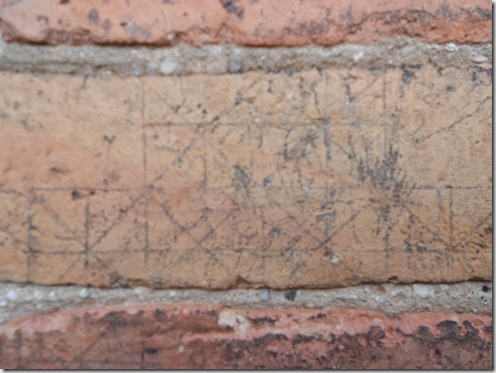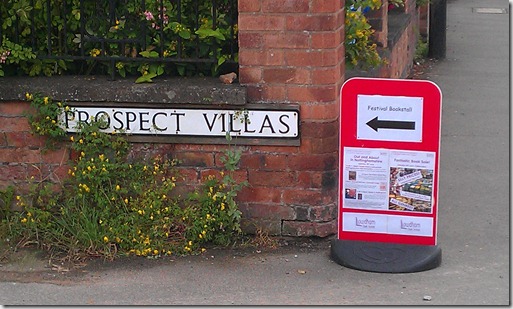YESTERDAY, MAY 6TH saw the annual Cowslip Sunday celebrations in the pretty local village of Lambley. Hoping for a break in the dreadful Spring weather that has seen us soggy for what seems like a month now, I set off with a friend for a pleasant cycle ride of a few miles along the country lanes to the festivities. 
Cowslip Sunday is a centuries-old celebration, traditionally held on the first Sunday in May each year. For many years it had appeared only in very muted style with the ancient tradition only being resurrected fully in 2010 and each subsequent year.
From the mid-19th century, villagers, typically stocking frame workers in the little cottages, would send their children out to collect cowslips which grew in profusion around Lambley. The pretty yellow flowers were sold in posies on the day to the many in-comers to the village, often largely from Nottingham six miles away, and also used to make a strong wine. ‘Cowslip balls’ were also made by the village’s children – small balls of dried grass which were decorated with cowslips and sold to the visitors. It was all a pleasant diversion for the stocking frame workers and their eked-out existence of hard work and low pay. On the big day, a procession of the congregation from the local church would occur where the rector would bless the local Dumble, this being a locally-used word for a wood lined stream, usually sitting in a small, steep sided valley
Sleepy little Lambley, a village named in the Domesday Book meaning ‘Lea of the lambs’ – a clearing where lambs are kept, must have changed its complexion greatly for this annual celebration of Spring arriving in older times. It is reported that in the Victorian era the police  would often have to control the rowdy celebrations. Quoted from a local newspaper from 1866 on the Lambley Arts Festival website:
would often have to control the rowdy celebrations. Quoted from a local newspaper from 1866 on the Lambley Arts Festival website:
‘…visitors on Sunday were quite in equal numbers to former years, though, if we must judge from the manners and customs of a great part of them, and their acts and language, we should conclude that the class has not improved since their last annual visit’
Thankfully the modern-day celebration give no cause to draw out the local constabulary as they once did in those joyous, hedonistic days on the strong and sweet-tasting cowslip wine. Arriving at lunchtime we visited the village hall for a fortifying mug of hot tea and a slab of excellent home-made cake baked by the ladies of the local WI. Craft stalls were set out along with a Punch and Judy stand in the next-door Primary School’s playground. Further beyond in Farmer Dickie’s field lay the stage surrounded by hay bales in readiness for the local production ‘Lambley Jack and the Golden Stockings’, billed as a ‘panto for Springtime’.
I really can’t tell you how much fun this was! ‘Lambley Jack’ according to legend was a local ‘footpad’ – basically a cross between a highwayman and mugger – all probably supplemented by a little poaching and other nefarious deeds to keep the wolf from the door. You could probably describe him as Lambley’s own Robin Hood figure who spawned the local phrase ‘he’s got the cheek of Lambley Jack!’ Here though we see Jack as a young man with his family headed by his mother ‘Lambley Lil’ played in hilarious panto dame fashion. A gent by the name of Roger was yanked out of the crowd by amorous Lil:
‘Where are you from Roger?’
‘Hucknall’ (an industrial town a few miles away)
‘Sorry?’
Hucknall’
‘I heard what you said the first time, I’m just sorry!’
Each of the cast played an excellent part in a production that was great fun. A special word for the youngsters who shone and pleased the healthy-sized and enthusiastic outdoor audience.

‘Lambley Jack and the Golden Stockings’
A walk afterwards across the fields and down the pretty Lower Dumble with it’s rookeries and little stream was punctuated with a drink in my favourite watering hole, The Woodlark, which I keep meaning to write about one of these days. Later afternoon approached and it was time to saddle up and cycle along Spring Lane away from the village for the day.
Let me recommend Cowslip Sunday at Lambley to you. Beware however, once in the confines of this attractive and quaint Nottinghamshire village in it’s little valley, you may never want to leave.

Addendum 30.4.13
Sadly, the full celebration of Lambley’s Cowslip Sunday will not be repeated this year in 2013. However, there are plans to resurrect it in 2014 and there remain plans for some commemoration of the day this year, as below:



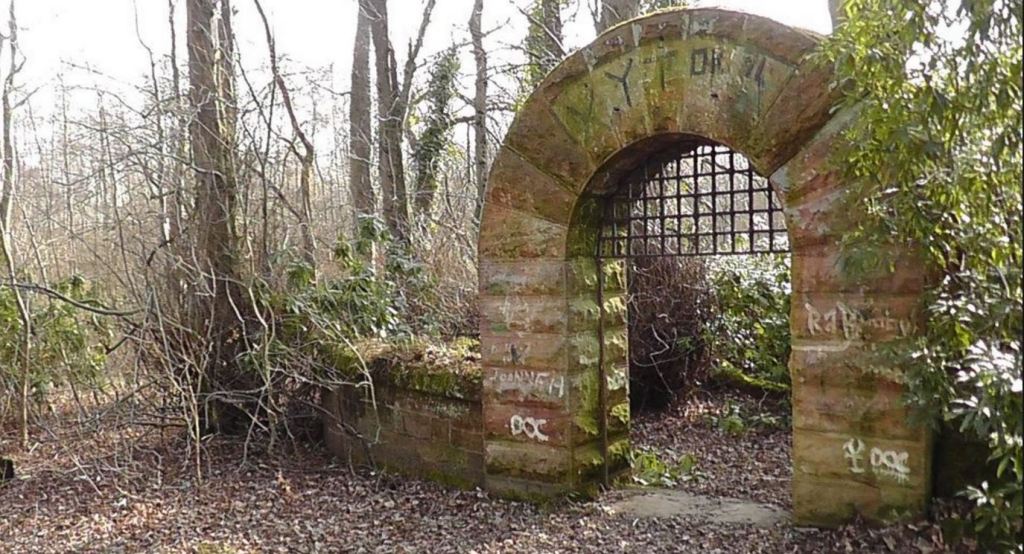
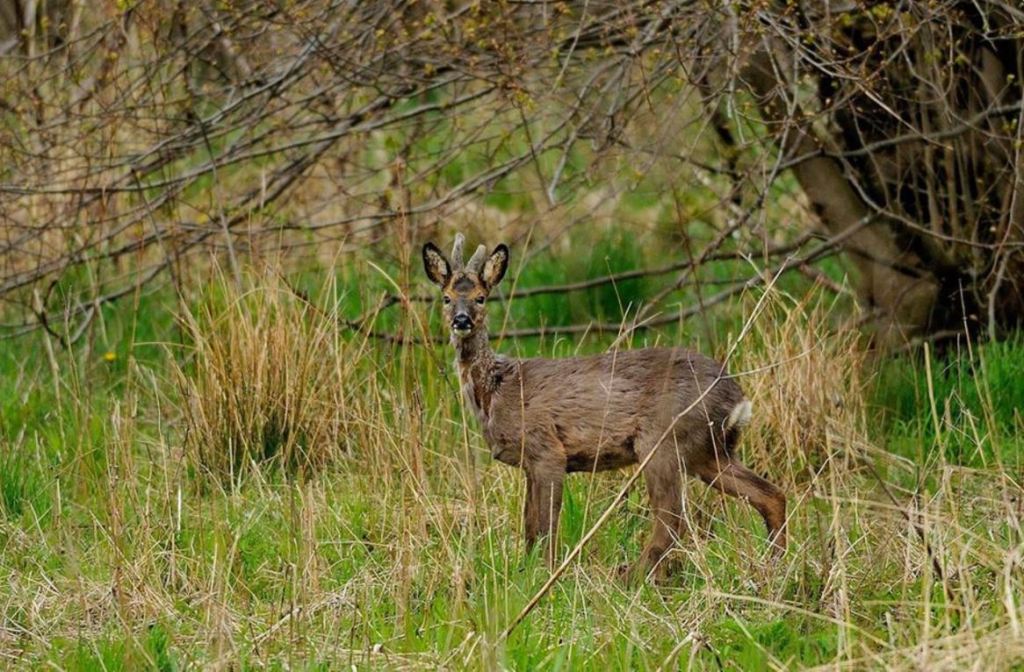
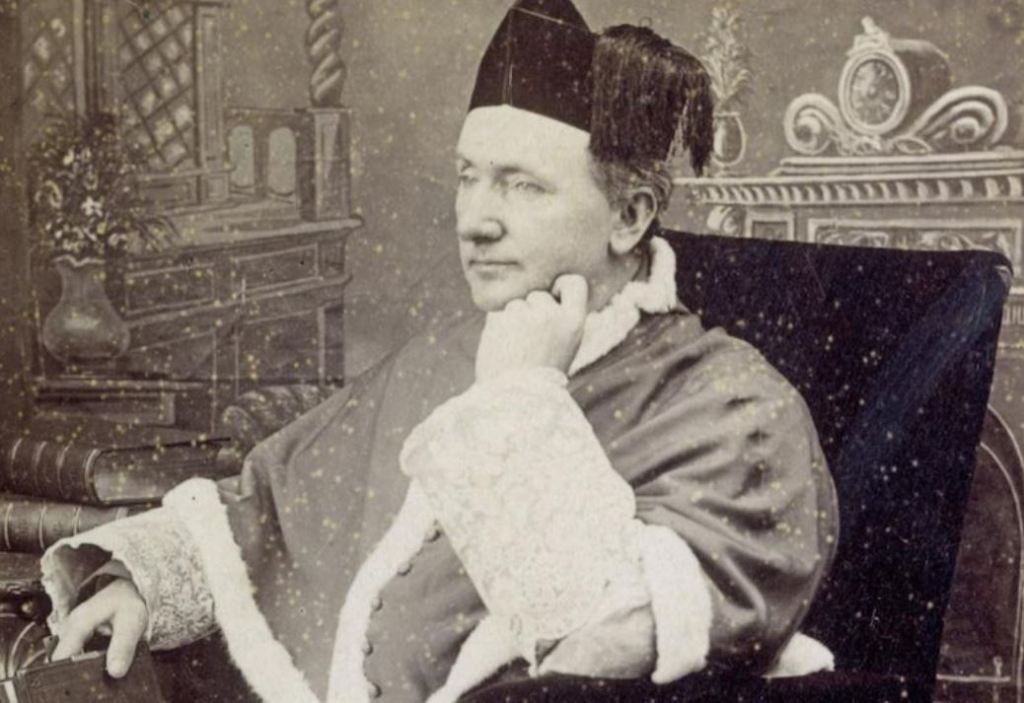

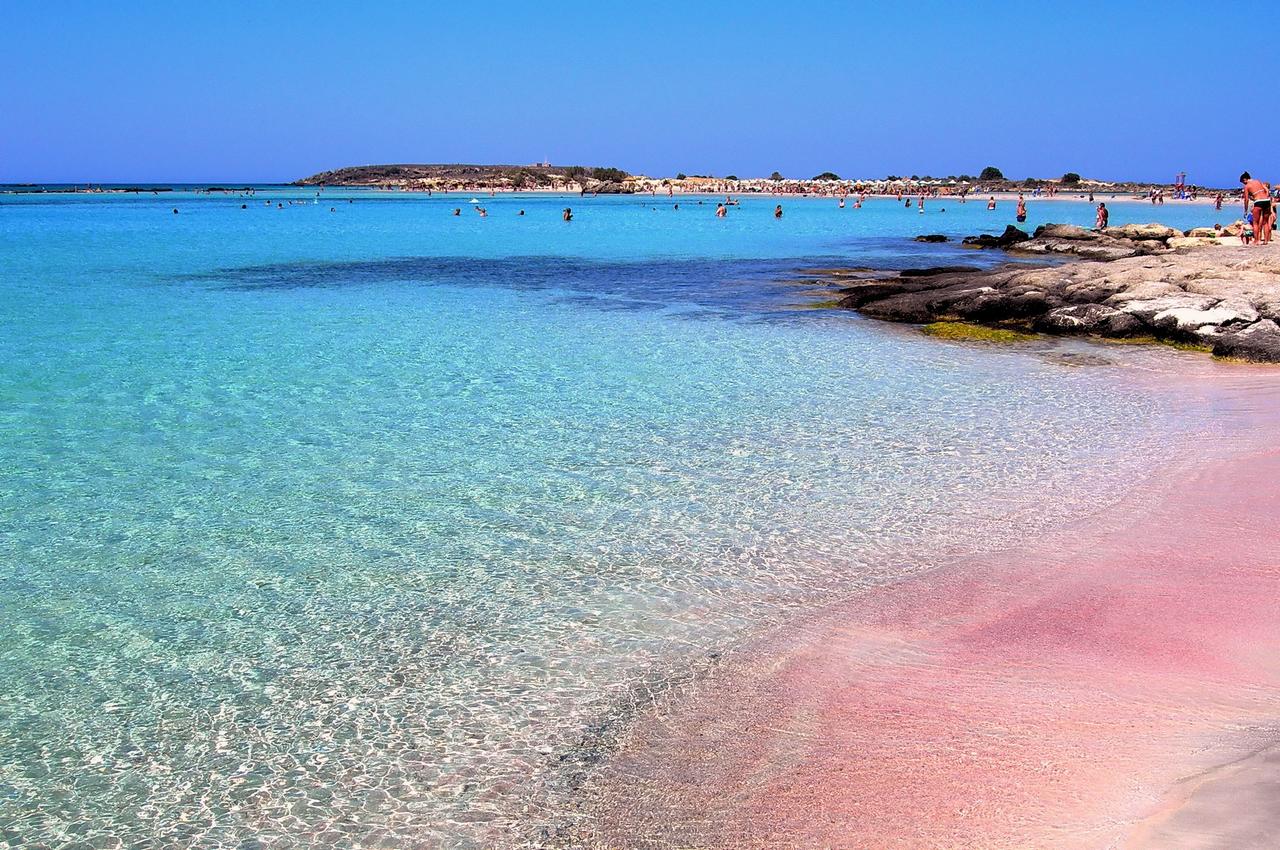

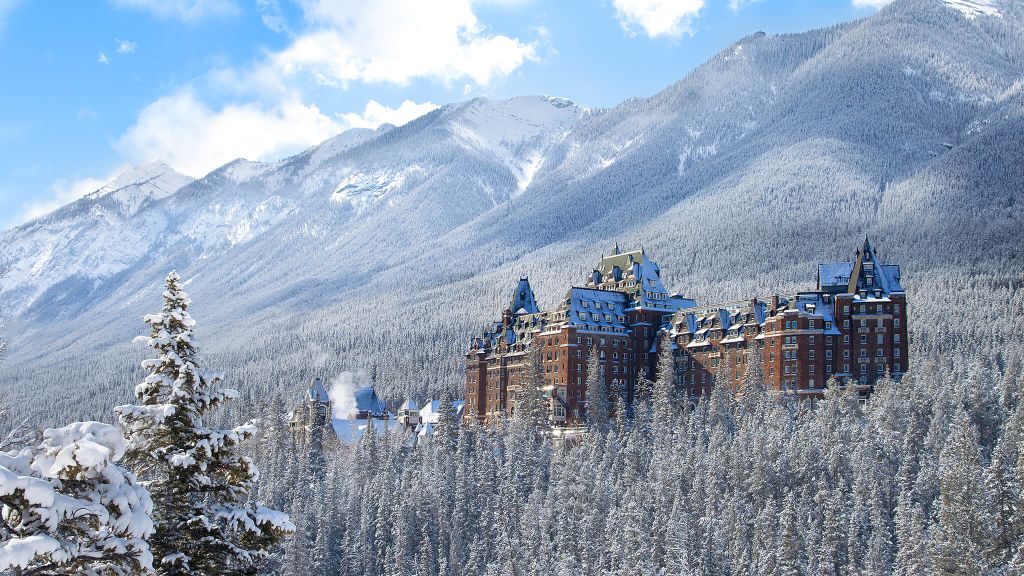


;img.crop(width:658%2Cheight:370))

 (Pic: ITV.com)
(Pic: ITV.com)




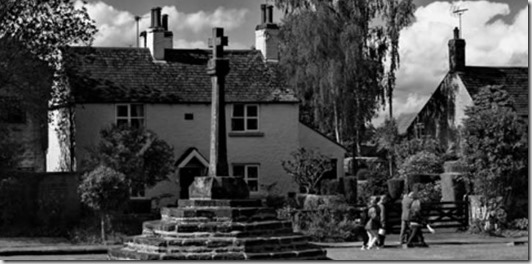







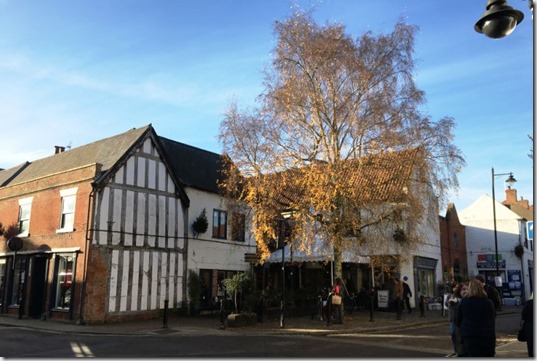
















 to give a bit back to the people in particular who I’ve become very close to over the years.
to give a bit back to the people in particular who I’ve become very close to over the years.





















